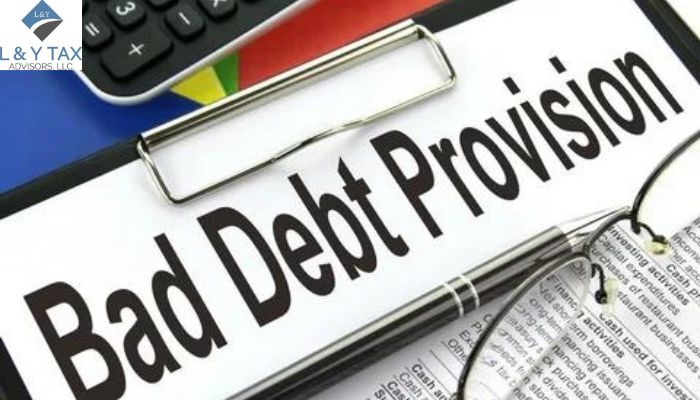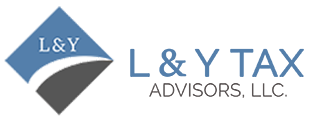
What is the Accounting Treatment for Bad Debts?
Bad debt, or unpaid bills are thought to be unlikely to be recovered. It is an unpleasant reality for companies who give credit to clients. It has an adverse effect on a business’s finances by lowering net income and impeding cash flow. However, proactive accounting techniques and tactics for collecting can lessen these losses. But what is the accounting treatment for bad debts?
There are two main methods for accounting for bad debts:
- Direct Write-Off Method
- Allowance Method
Direct Write-Off Method
With this simple process, bad debt is only identified when a particular customer account is determined to be uncollectible. This is how it operates:
When a consumer fails to pay their debt, the amount owed on an account receivable is immediately subtracted from the amount owed, and no more collection actions remain.
Crediting the accounts receivable and debiting the bad debt expenditure account will accomplish this decrease.
Example
The following journal entry might be created if a client owed $1,000 and was determined to be uncollectible:
- Bad Debt Expense $1,000
- Accounts Receivable $1,000
Benefits
- Simple to comprehend, particularly for small enterprises.
- Requires less maintenance of records.
Drawbacks
- Does not fairly represent the continuous risk of bad loans.
- Cause the bad debt charge to fluctuate significantly across accounting periods, which would distort income.
- Generally accepted accounting rules (GAAP) do not support this for large organizations.
Allowance Method
This strategy is more proactive as it foresees bad debts and calculates the possible impact they may have on future collections. This is how it works:
The creation of a contra-asset account known as “allowance for doubtful accounts.”
Expenses are recognized at the end of each accounting period by crediting the allowance for doubtful accounts and debiting the bad debt expense account.
This cost is approximated using receivable aging—a measure of how long they have been outstanding—or as a proportion of the entire amount of accounts receivable.
A particular customer account is debited from the accounts receivable and credited to the allowance for doubtful accounts when it becomes uncollectible.
Benefits
- Gives the income statement’s bad debt expenditure a more accurate representation.
- Recognizes the expenditure at the same time that the income is collected, which enhances the matching principle.
- GAAP recommends this for larger companies.
Drawbacks
- Requires more intricate record-keeping and computations than the immediate write-off technique.
- Financial statements may be impacted by an overestimation or underestimation of the bad debt expenditure, which is why accuracy is so important.
The Bottom Line
Various considerations help you determine what is the accounting treatment for bad debts. It includes your company’s size, credit risk tolerance, and accounting system complexity,
The immediate write-off approach can be enough in smaller companies with fewer credit sales. However, the allowance system gives a more realistic picture of financial health for larger organizations or those with extensive credit sales. Our competent accountant services can assist you in deciding which approach is appropriate for your particular requirements.
Click here to get our QuickBooks & Bookkeeping services.


